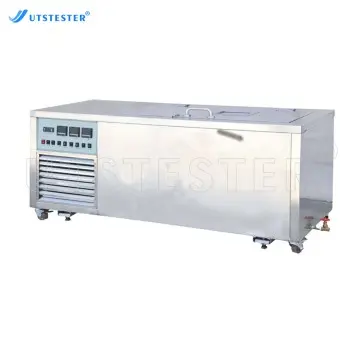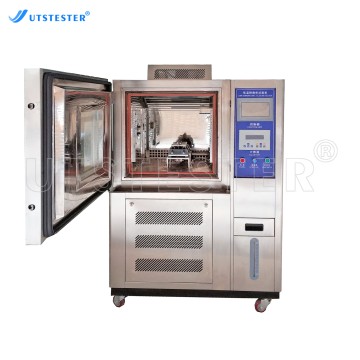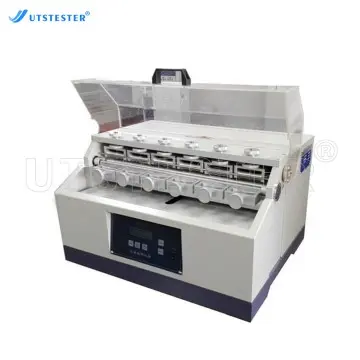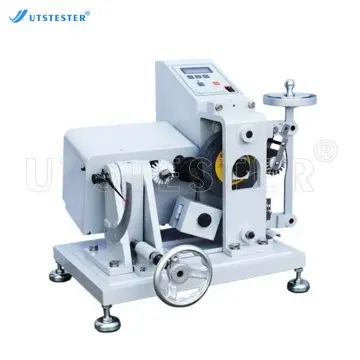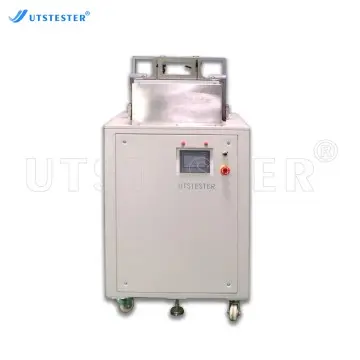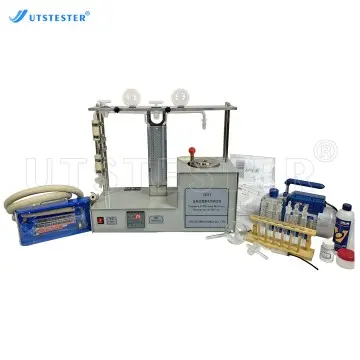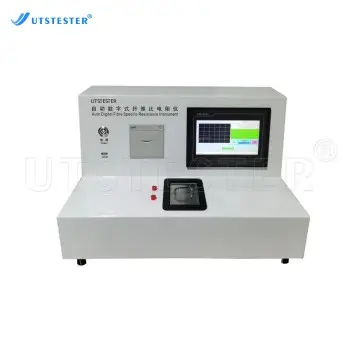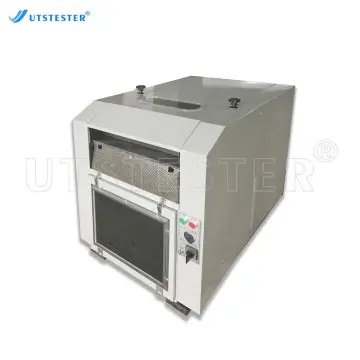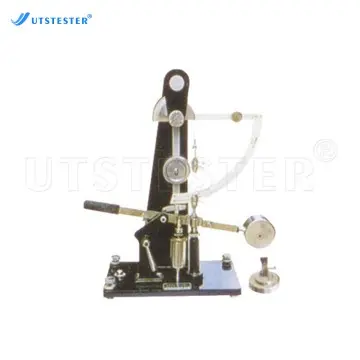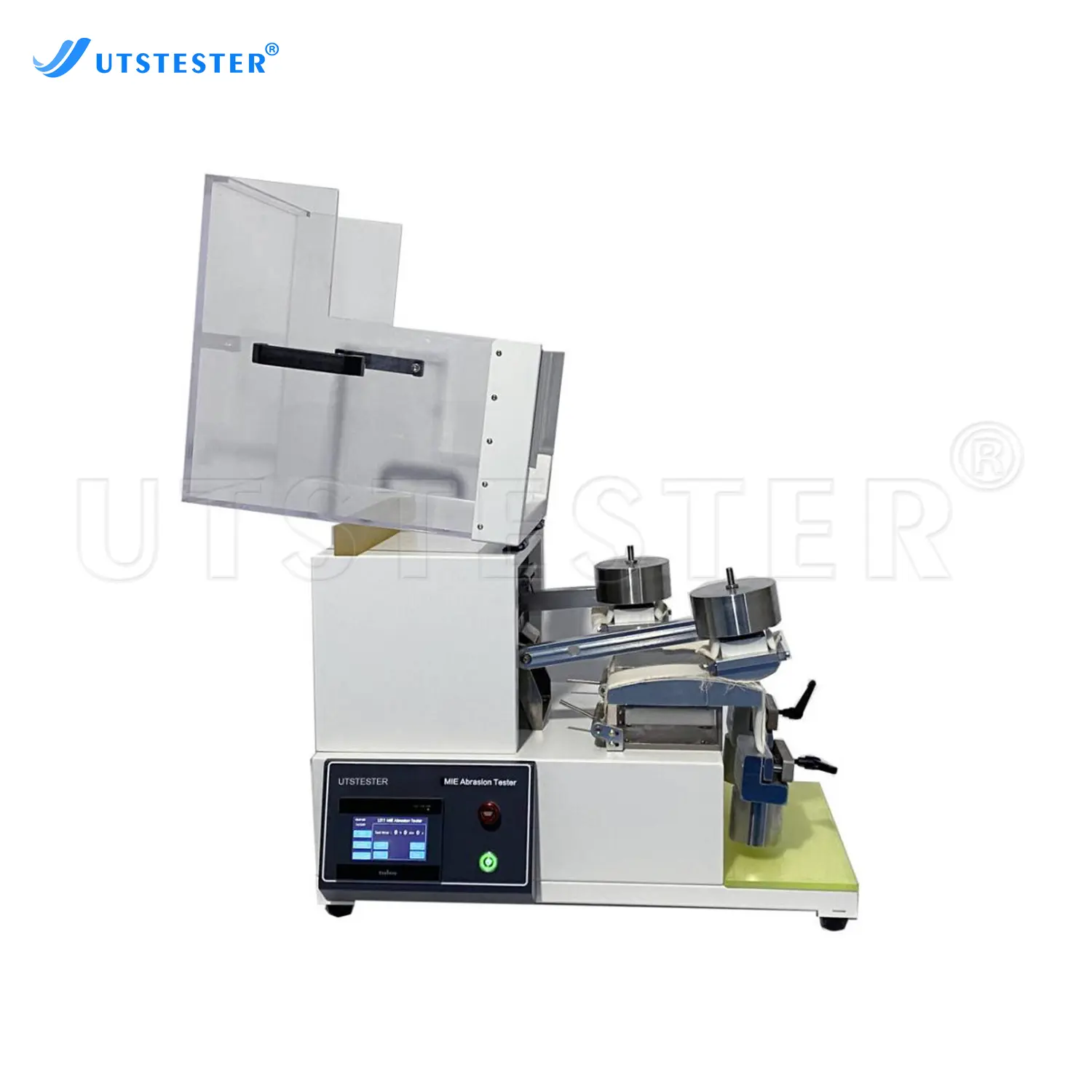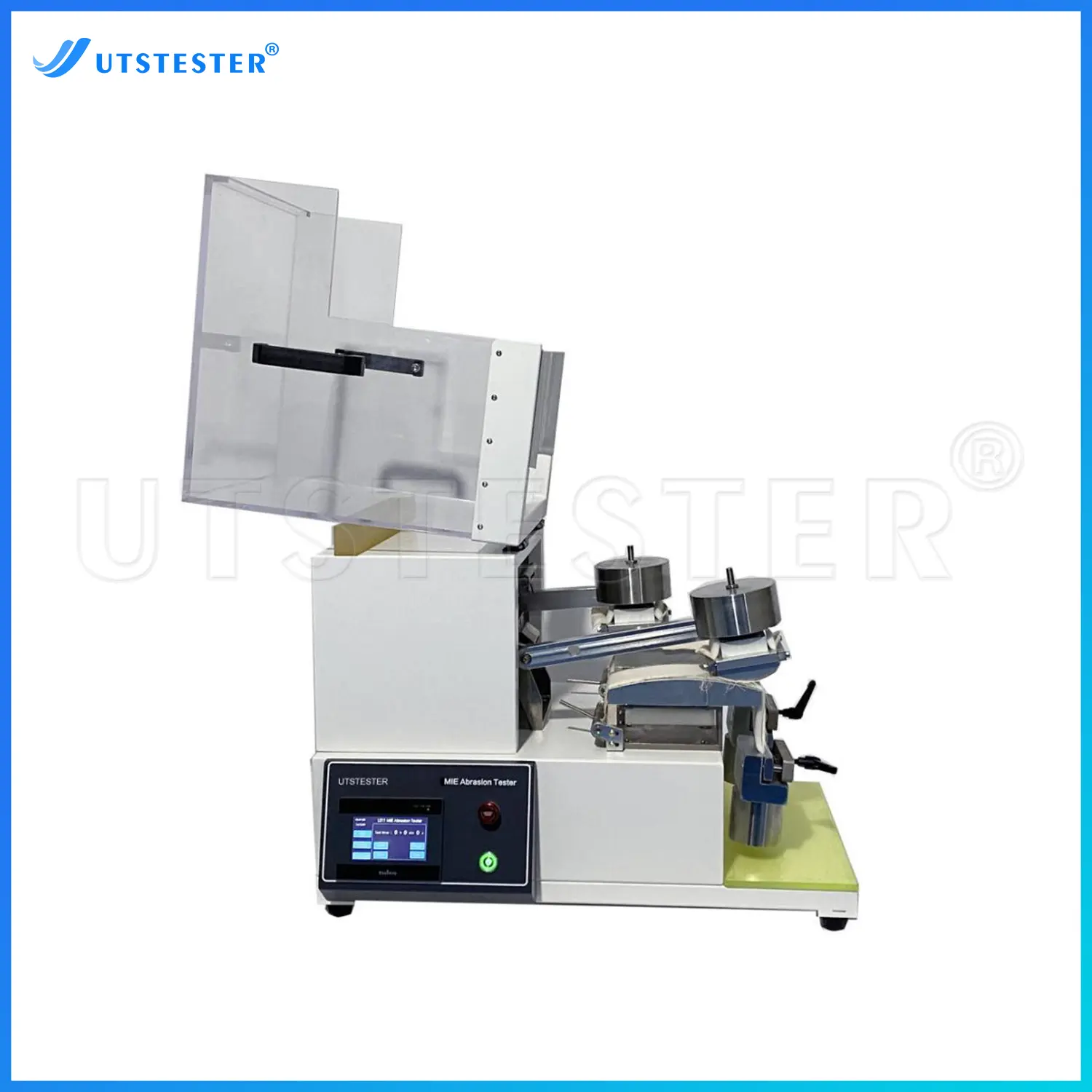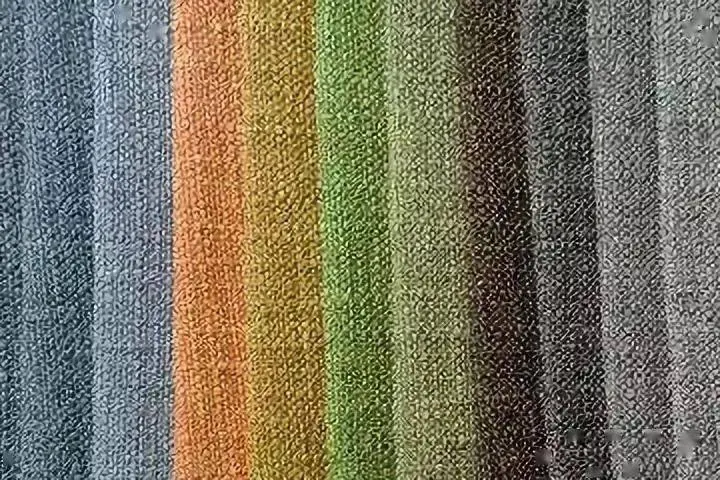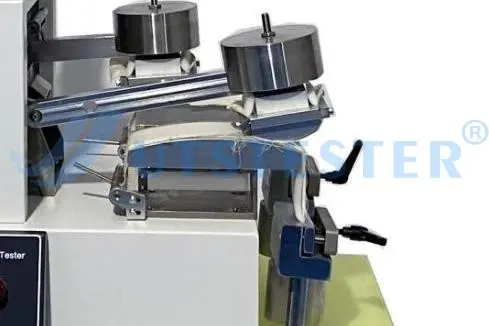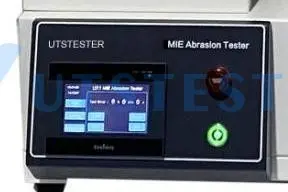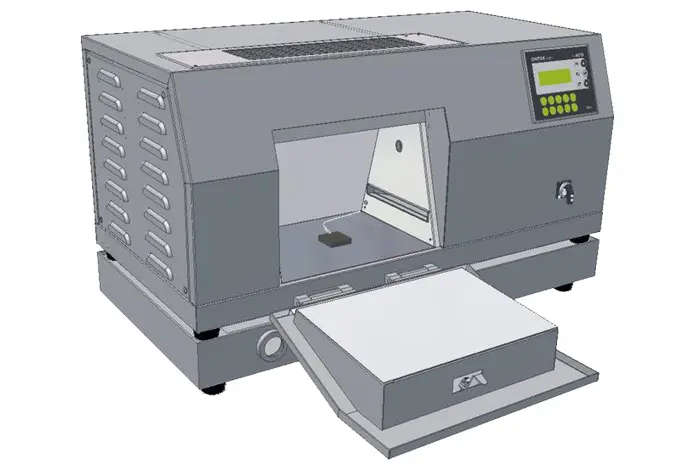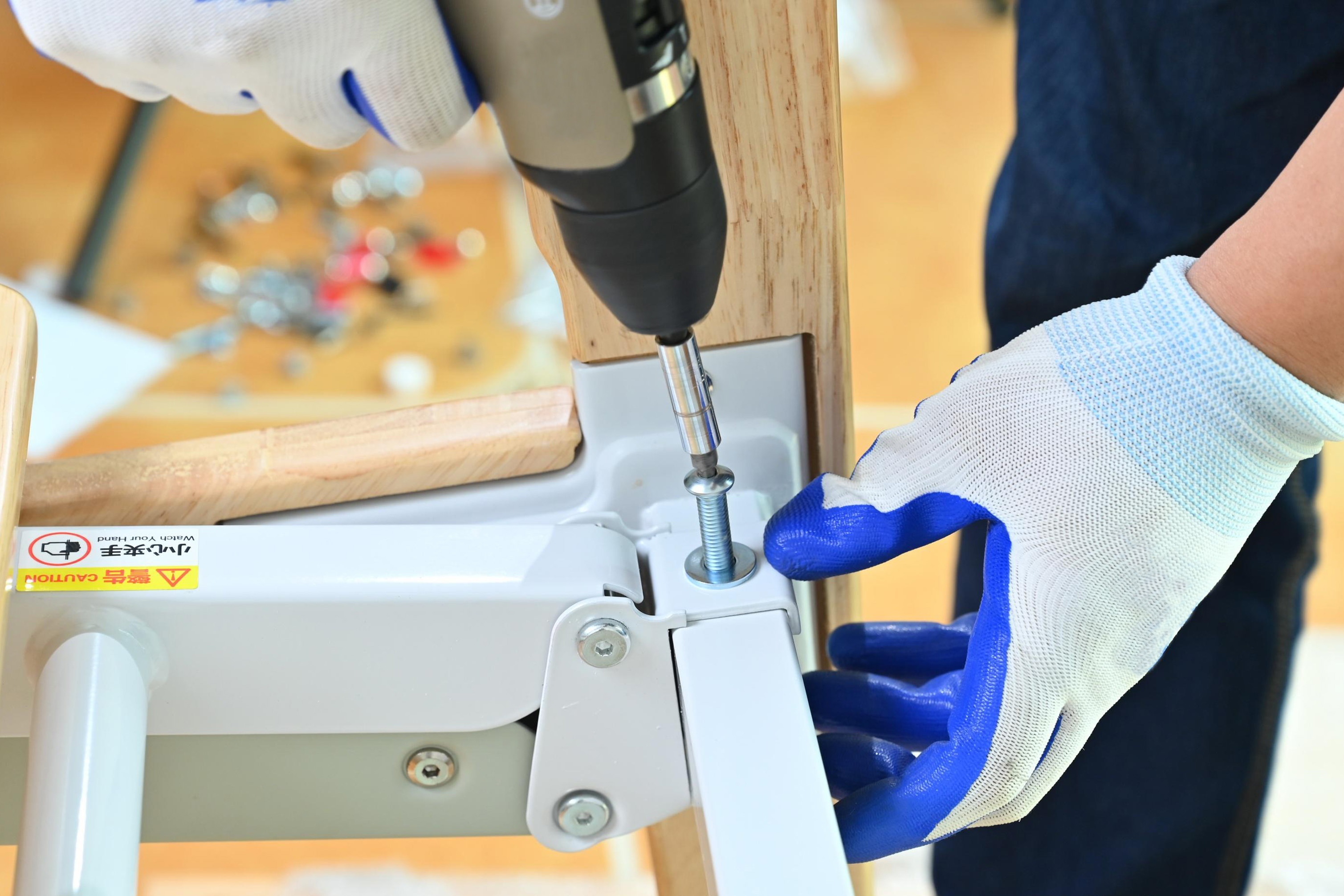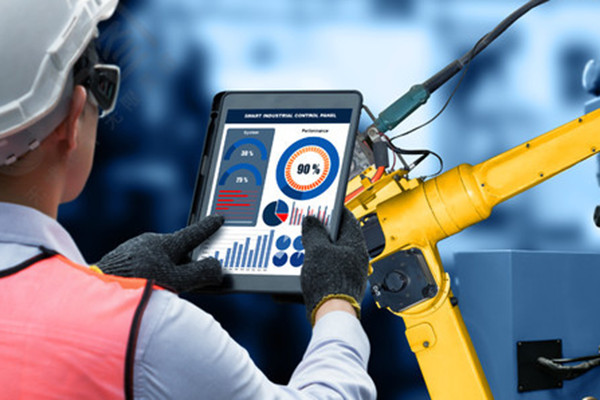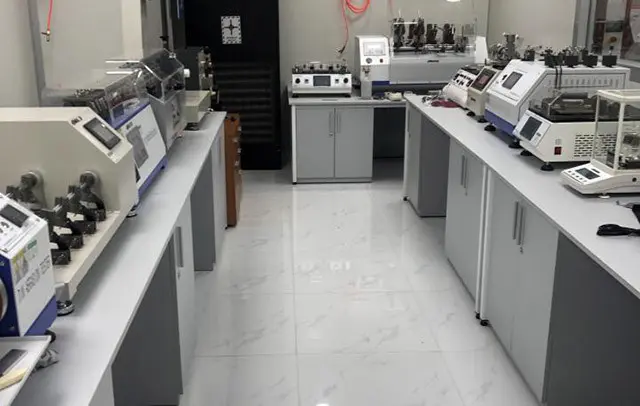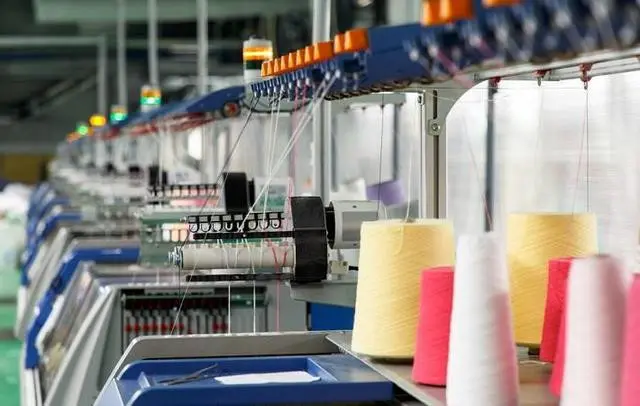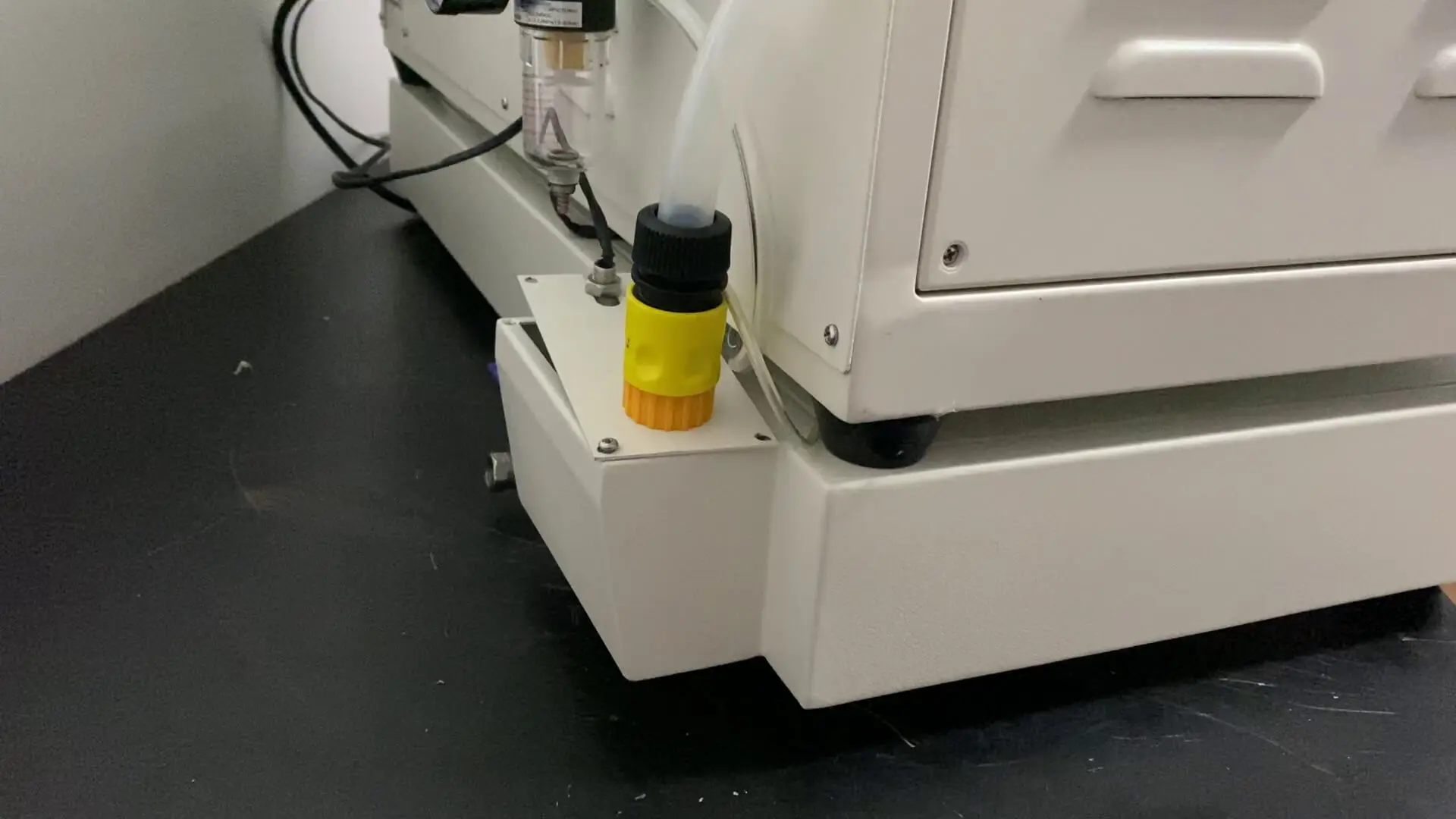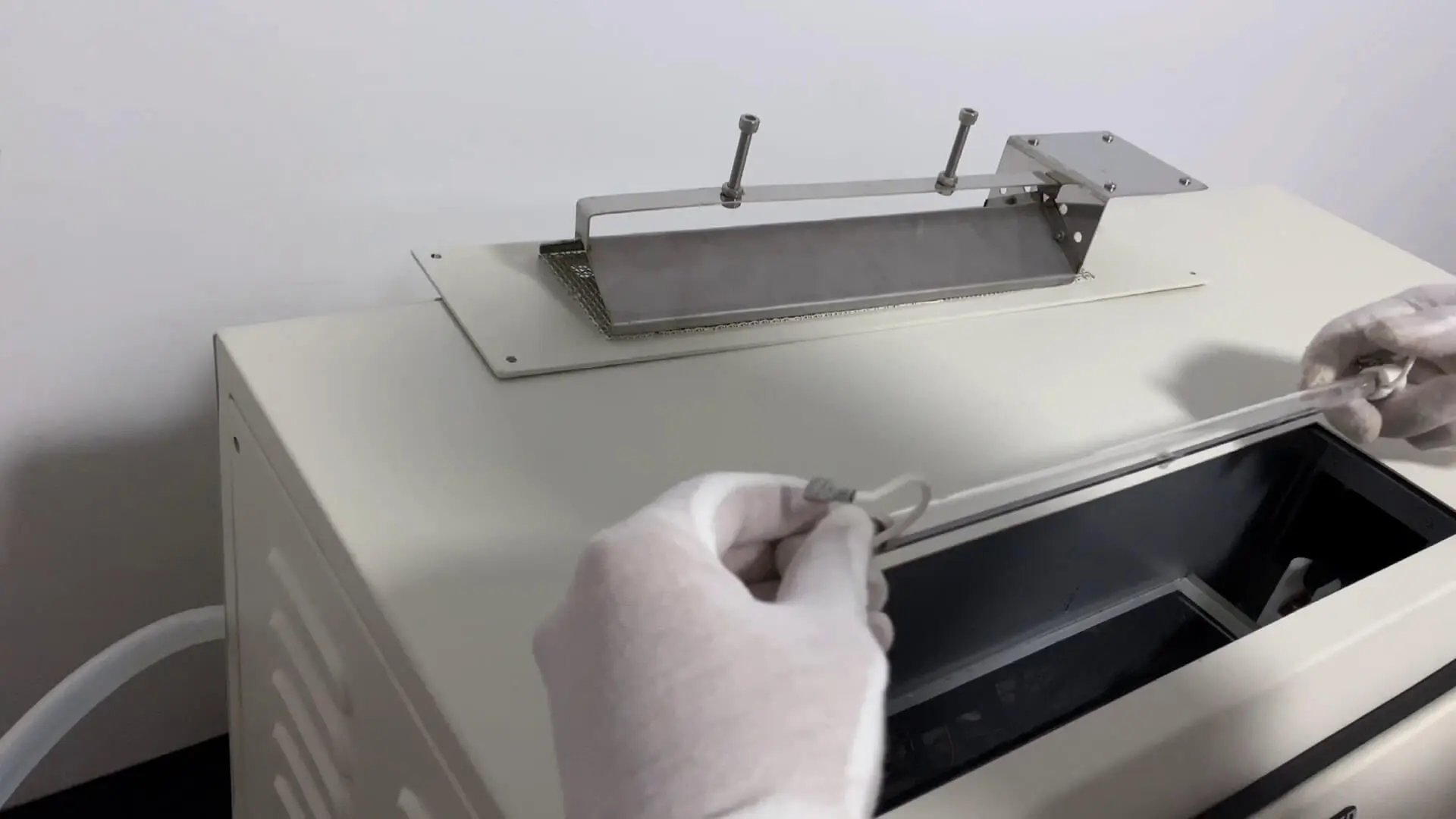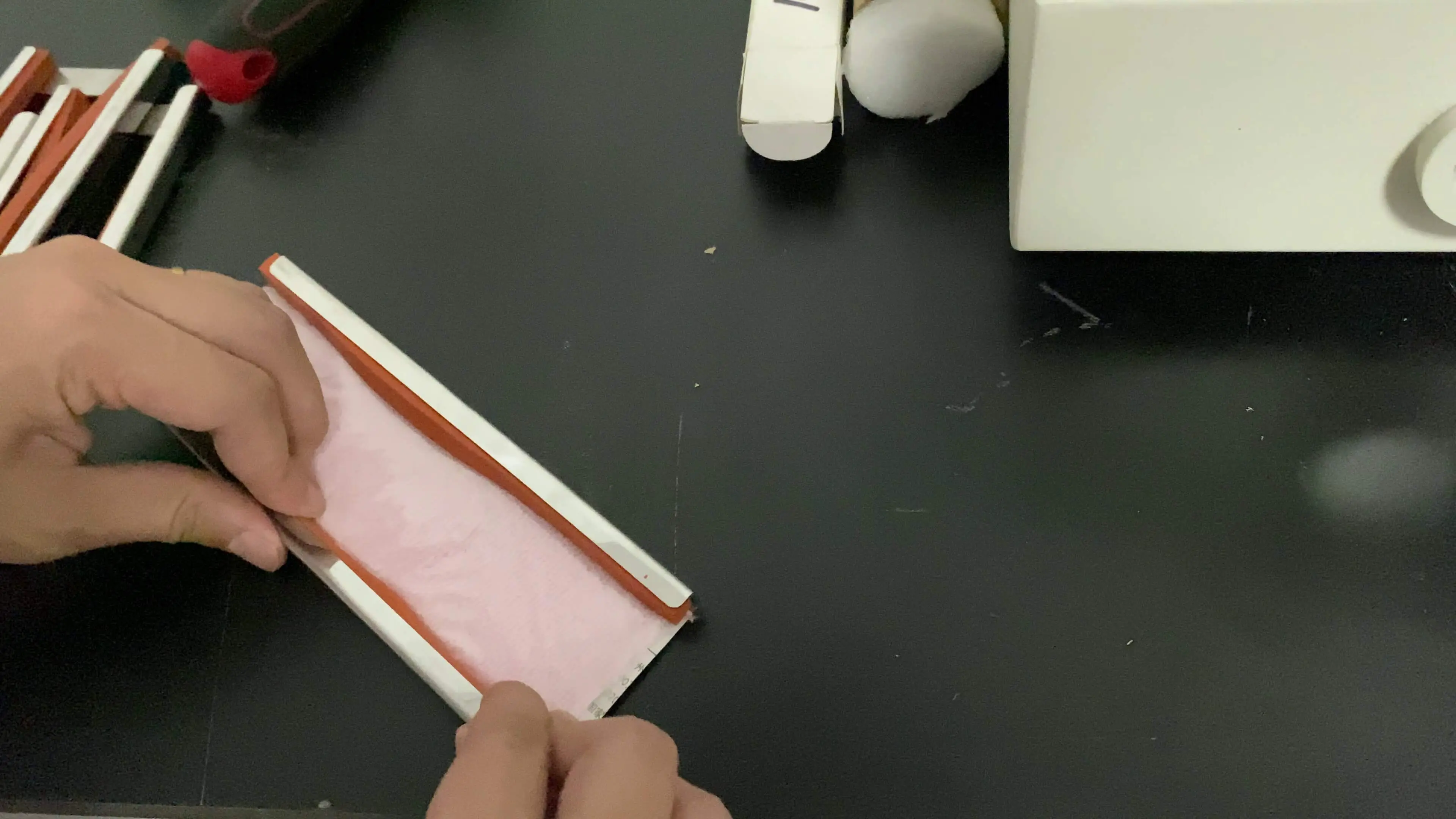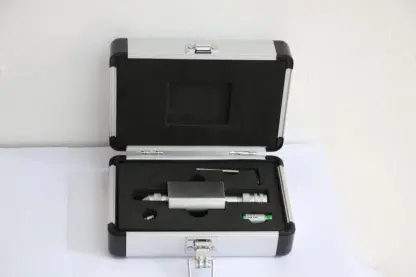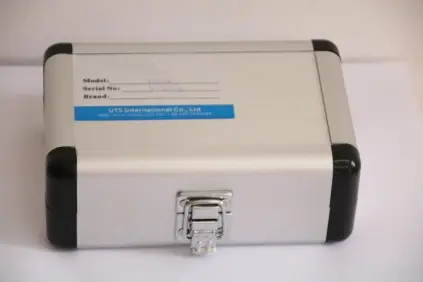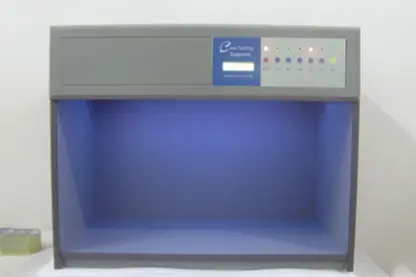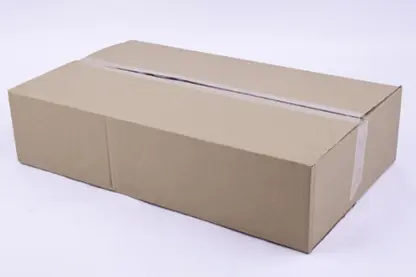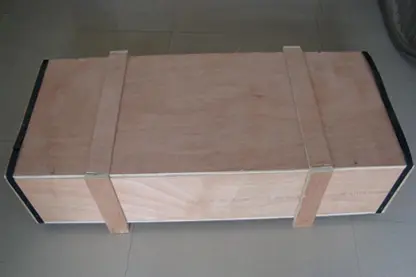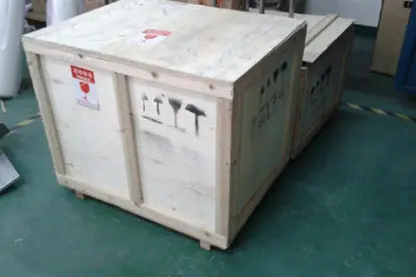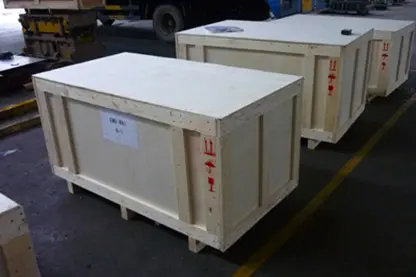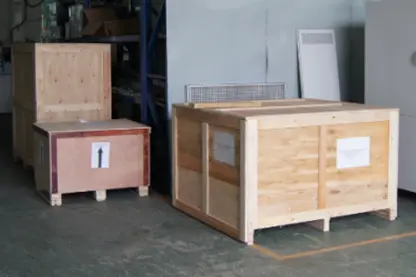- Plastic And Film Packaging Test Equipment
- Sample preparation
- Carton Package Testing Equipment
- Toys Testing Instrument
- Environmental Testing Equipment
- Footwear Testing Equipment
-
Textile Testing Equipment
- Zipper & Button & Velcro Tape Tester
- Protective Clothing & Mask Tester
- Gloves & Socks Tester
- Feather & Down Tester
- Nonwoven Textile Tester
- Geotextile Tester
- Flammability Test Equipment
- Yarn and FiberTesting
- Washing & Laundering
- Tensile Burst Tear Strength Tester
- Fabric And Garment Testing
- Dyeing and Finishing Tester
- Color Fastness Testing
- Abrasion and Pilling Tester
0102030405
Laboratory Testing Equipment Mie Abrasion Tester for Textile M122
Overview
MIE Abrasion Tester is used to determine the friction and abrasion strength of materials such as woven fabrics, knitted fabrics, composites, leather-coated fabrics, and upholstery, etc. It is suitable for determining the test of automobile seat materials. The abrasion is generated by reciprocating friction of a standard abrasion fabric on the surface of the test fabric, and the abrasion resistance of the sample is judged.
Application
Standards
Renault D44 1073, PSA D44 1073, PSA D47 5530, NF G37110, SNCF 284F, Benz PWT 7332
Key Parameters
|
Model |
M122 |
|
Testing station |
2 |
|
Friction table shape |
width 90mm ± 1mm, radius of curvature 350mm ± 20mm |
|
Friction head shape |
width 90mm ± 1mm, radius of curvature 70mm ± 1mm |
|
Sliding weights |
2 pieces, each 5Kg |
|
Sample tension weights |
2 pieces, each 4Kg |
|
Abrasion head stroke |
150mm |
|
Reciprocating speed |
30 times / min |
|
Counter |
0~9999 times |
|
Power supply |
220V, 50/60Hz |
|
Dimension |
100cm×60cm×64cm |
|
Weight |
50Kg |
Product Details
Production Processes
Scenarios of Use
Operation
Transportation

Packing System
1. Products are covered with air bubble film before put them into composite board standard export wooden case. To ensure waterproof, moistureproof, corrosion, anti-corrosion and security.
2. Package with shipping mark in line with International and national standards, which is easy for handling, loading and unloading.
3. Packing materials selected accorded with economic and safety requirements
4. Compliance with environmental requirements.






 Home
Home


